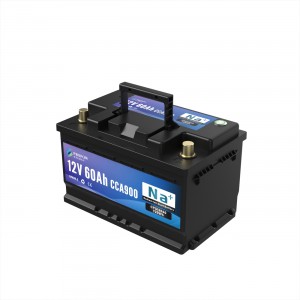Why Sodium-Ion Batteries Are Promising
-
Abundant and Low-Cost Materials
Sodium is far more abundant and cheaper than lithium, especially attractive amid lithium shortages and rising prices. -
Better for Large-Scale Energy Storage
They're ideal for stationary applications (like grid energy storage) where energy density isn't as critical as cost and safety. -
Safer Chemistry
Sodium-ion batteries are less prone to overheating or thermal runaway, improving safety in certain use cases. -
Cold-Weather Performance
Some sodium-ion chemistries perform better than lithium-ion in subzero temperatures — important for outdoor or off-grid applications. -
Environmental Impact
Mining sodium has less environmental impact compared to lithium and cobalt extraction.
Limitations and Challenges
-
Lower Energy Density
Currently, sodium-ion batteries have about 30–40% less energy density than lithium-ion, making them less suitable for electric vehicles (EVs) where weight and size matter. -
Immature Supply Chain
Most sodium-ion battery production is still in early stages. Scaling up and standardizing manufacturing remains a hurdle. -
Less Commercial Momentum
Major EV and consumer electronics companies still overwhelmingly favor lithium-ion due to its proven performance and existing infrastructure.
Real-World Developments
-
CATL (the world’s largest battery maker) has launched sodium-ion battery products and plans hybrid sodium-lithium packs.
-
BYD, Faradion, and other companies are also investing heavily.
-
Sodium-ion is likely to coexist with lithium-ion, not fully replace it — especially in low-cost EVs, two-wheelers, power banks, and grid storage.
Post time: May-14-2025








